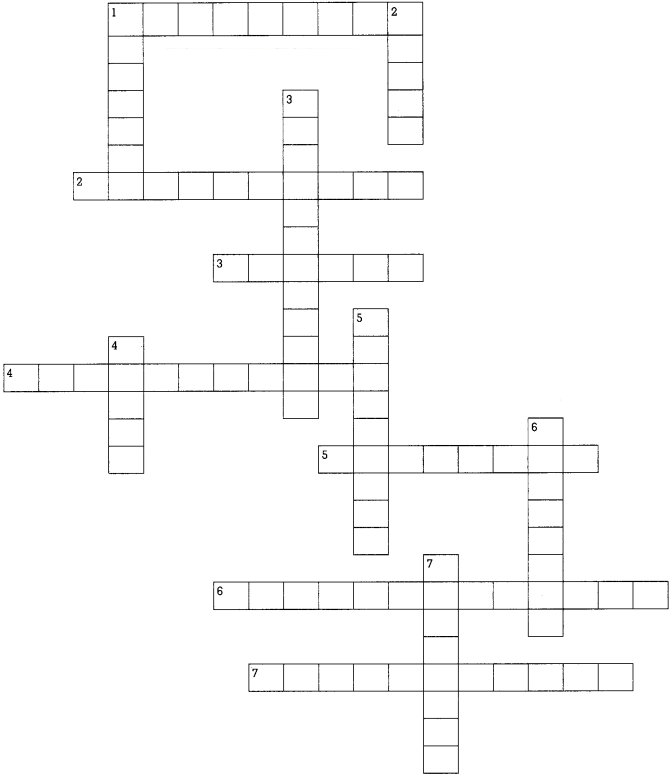Chapter 3 Applied History Notes, Textbook Exercise Important Questions and Answers.
Question 1.
(a) Choose the correct option from the given options and complete the statement.
(1) The earliest museum in the world was discovered in the excavations at the city of ……………..………. .
(a) Delhi
(b) Harappa
(c) Ur
(d) Kolkata
Answer:
(c) Ur
(2) The National Archives of India is in ……………..………. .
(a) New Delhi
(b) Kolkata
(c) Mumbai
(d) Chennai
Answer:
(a) New Delhi
(b) Identify and write the wrong pair in the following set.
(1) Kootiyattam- Sanskrit theatre, Kerala
(2) Ramman- Dance form in West Bengal
(3) Ramlila- Traditional Performance of the Ramayana in Uttar Pradesh
(4) Kalbelia- Folk songs and dances of Rajasthan.
Answer:
(2) Wrong pair: Ramman – Dance form in West Bengal
Question 2.
Explain the following concepts :
(1) Applied History
Answer:
(2) Archives
Answer:
Question 3.
Complete the following concept chart.
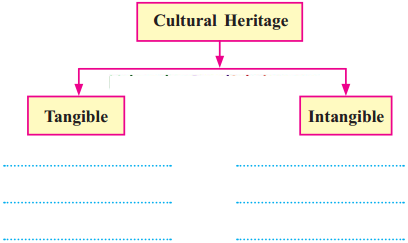
Answer:
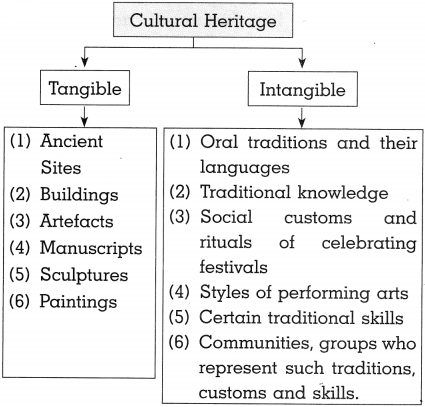
Question 4.
Explain the following statements with reasons.
(1) It is essential to study the history of technology.
Answer:
(2) The list of world Heritage Sites is announced by UNESCO.
Answer:
Question 5.
Write elaborate answers
(1) How is the method of history useful in the research of
(a) Science
(b) Arts
(c) Management Studies
Answer:
Each field has its own history of building’ knowledge. The direction of development in every field is dependent on the stcrte of available knowledge in that field. The method of history has proved valuable in the research of various fields.
(a) Science: Scientific discoveries /invenfions take place because of humdn efforts to satisfy needs and curiosity. These efforts are based on scientific knowledge that already existed. Knowledge of the history of science helps in understanding the reasons, chronology and factors that facilitated a scientific invention/discovery. Knowledge of history of science helps in every field.
(b) Art: Development of any style of art lies in their expression through intellectual, emotional and cultural traditions. While studying any art form we have to understand the history of its traditions, the key to the expressions in it, and emotional temperament of the artist. Prevalent art style in the given period can be understood with the help of cultural history.
(c) Management Studies: All components like means of production, human resources, processes of production, the chain of market and sales, etc. are interrelated and require management.
Different social and economic institutions are involved in these industrial and commercial processes. Knowledge of similar functional systems of the past is essential to bring about changes, improvements and make the management smooth and efficient. It becomes necessary to know its history.
(2) How can we correlate applied history with our present?
Answer:
History gives us knowledge about the events that happened in past. Applied history helps us in understanding how the knowledge can be put to use for our benefit as well as for the benefit of future generations. Applied history is correlated with our present in the following ways:
(1) Knowledge of our past helps us in deciding our course of action in present. The.heritage of our ancestors exists in tangible and intangible- form. We have the curiosity to know more about our part because they represent the creative thoughts and traditions of that period.
(2) With the help of applied history we can not only come to know about the heritage but also conserve and preserve it.
(3) We can be better equipped to face social challenges in the present because the knowledge of history can provide guidance in finding solutions to contemporary social issues and incorporate them in the ’social planning.
(4) The direction of future development is S decided when we rightly analyse our present with our knowledge of the past acquired through applied history.
(3) Suggest at least 10 solutions for the preservation of the sources of history.
Answer:
There are three types of sources which are used to study history. They are written, oral and material sources. These sources are preserved in different ways. According to me, the following measures should be taken to preserve the sources:
(4) What objectives can be fulfilled through the heritage projects.
Answer:
The following objectives can be fulfilled through the heritage projects:
Project
Show the Indian heritage sites on the map of India.
Answer:
Memory Map
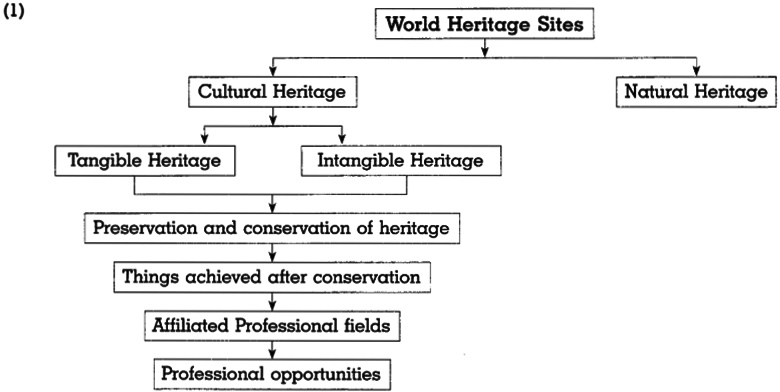
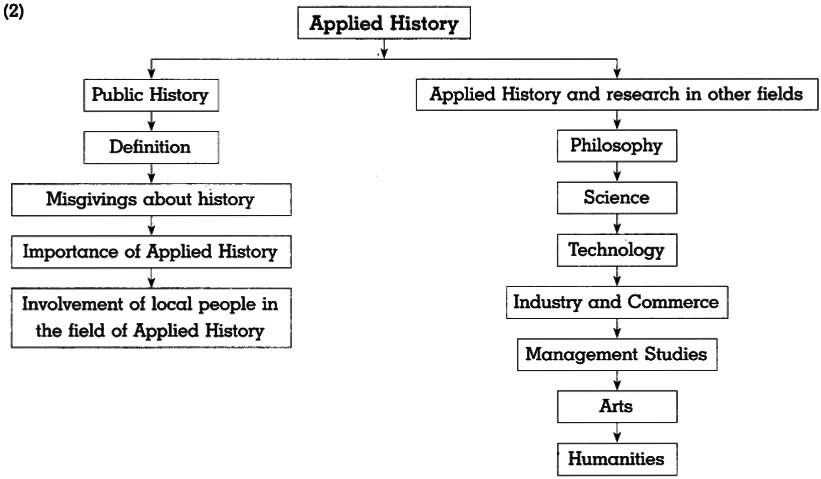
Question 6.
Complete the sentences by choosing the correct option:
(a) ……………………… Institute of Art, Design and Technology at Bengaluru has an independent department named ‘Centre for Public History’.
(a) Pitch
(b) INTACH
(c) Shrushti
(d) AIMS
Answer:
(c) Shrushti![]()
(b) ……………………… is the mother of science and all other branches of knowledge.
(a) Philosophy
(b) History
(c) Technology
(d) Mythology
Answer:
(a) Philosophy
(c) In order to preserve and conserve cultural and natural heritage for the benefit of future generations ……………………… has given directives.
(a) UNICEF
(b) UN
(c) UNESCO
(d) INTACH
Answer:
(c) UNESCO
(d) The ……………………… in the Satara District of the Western Ghats is included in the list of World Natural Heritage.
(a) Balaghat Mountain
(b) Melghat
(c) Masai Plateau
(d) Kas Plateau
Answer:
(d) Kas Plateau
(e) The main office of the National Film Archives of India is situated at ……………………… .
(a) Delhi
(b) Mumbai
(c) Pune
(d) Nagpur
Answer:
(c) Pune
(f) Excavations at the city of ‘Ur’ in Mesopotamia were conducted by ……………………… .
(a) Nathaniel Wallick
(b) Ennigaldi
(c) Leonard Wolley
(d) Sir John Marshall
Answer:
(c) Leonard Wolley.
Question 7.
Identify the wrong pair in the following, and write it:
| (1) Kootiyattam | (a) Sanskrit theatre, Kerala |
| (2) Ramman | (b) Dance form in West Bengal |
| (3) Ramlila | (c) Traditional performance of Ramayana in Uttar Pradesh |
| (4) Kalbelia | (d) Folk songs and dances of Rajasthan |
Wrong pair: Ramman – Dance form in West Bengal
(2)
| Cultural Heritage | Place |
| (1) Red Fort | (a) Udaipur |
| (2) Jantar Mantar | (b) Jaipur |
| (3) Brihadeeshvara Temple | (c) Thanjavur |
| (4) Capital Complex | (d) Chandigarh |
Wrong pair: Red Fort – Udaipur
Question 8.
Complete the graphical presentation:
(1)
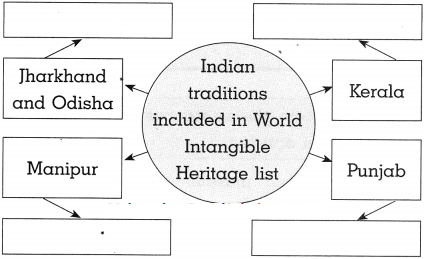
Answer:
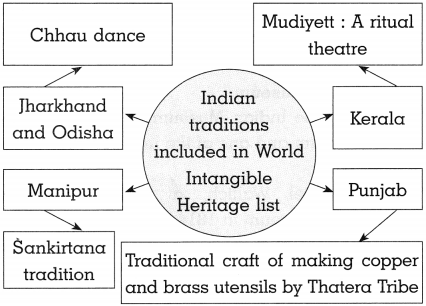
(2)
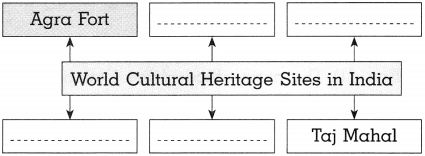
Answer:
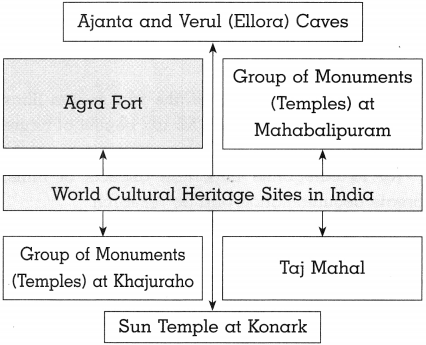
(3)
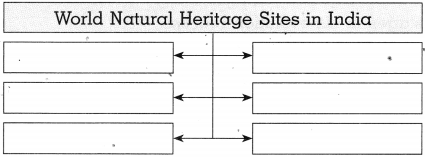
Answer:
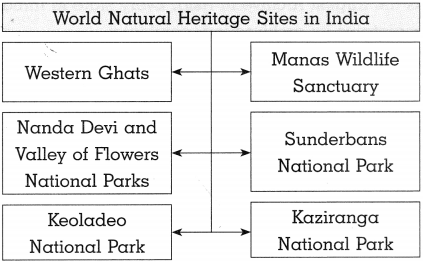
Question 9.
Explain the following concept:
(a) Natural Heritage:
Answer:
Question 10.
Write short notes:
(a) Importance of Applied History:
Answer:
(b) Preservation of cultural heritage of India:
Answer:
Conservation and preservation of India’s cultural heritage is done at different levels:
(c) Indian Museum:
Answer:
(d) National Film Archives:
Answer:
Question 11.
Explain the following statements giving reasons:
(a) It is essential to study the history of philosophy.
Answer:
(b) It is important to know the history of Industry and Commerce.
Answer:
Therefore, it becomes important to know the history of Industry and Commerce.
(c) It is necessary to preserve and conserve our natural and cultural heritage.
Answer:
Therefore, it becomes necessary to preserve and conserve for our future benefit as well as for the benefit of future generations.
Question 12.
Answer the following in 25-30 words:
(a) Explain the concept of ‘Public History’.
Answer:
(b) What is the role of UNESCO in the context of heritage sites?
Answer:
The role of UNESCO, the global agency of United Nations, is as follows:
(c) Find out the cultural heritage sites located in Maharashtra and write their names.
Answer:
The following places in Maharashtra are included in the list of cultural heritage sites declared by UNESCO:
Many forts like the Raigad, Devgiri, Janjira and Sindhudurg are part of the cultural heritage Of Maharashtra though they are not included in the list.
(d) What are the misgivings about history among the people?
Answer:
There are many misgivings about history among the people:
(e) Where can we trace the roots of philosophy?
Answer:
(f) What are the opportunities created by affiliated professional fields of Applied History?
Answer:
Affiliated fields of Applied History which include museums, archives, tourism ‘and hospitality, entertainment, mass media, etc. needs the following professionals:
(g) What are the main objectives of ‘National Film Archives’?
Answer:
The main objectives of ‘National Rim Archives’ are as follows:
(h) How can we increase people’s participation in the field of applied history?
Answer:
(i) Write information on World Heritage sites in Maharashtra.
Answer:
Maharashtra is endowed with many natural and historical sites. Among them the prominent ones are Ajanta caves, Verul caves, Gharapuri/Elephanta caves and Chhatrapati Shivaji Maharaj Terminus Railway Station at Mumbai.
Chhatrapati Shivaji Maharaj Terminus is finest example of Indo-Gothic architecture emerged in India during British rule. It stands witness to the British empire, freedom struggle and transformation of our country into a modern nation. It needs conservation as it a architectural marvel which stood the test of times recently when there was a terror attack on Mumbai city.
(j) What is the role of Applied History?
Answer:
The role of Applied History is as follows:
Question 13.
Read the given passage carefully and answer the questions given below:
(a) Who built this museum?
Answer:
This museum was built by Ennigaldi, the princess of Mesopotamia.
(b) Where was the earliest museum in the world discovered? Who discovered it?
Answer:
The earliest museum in the world was discovered in the city of ‘Ur’ in Mesopotamia. It was discovered by Leonard Woolley.
(c) What is a noteworthy feature of this museum?
Answer:
A noteworthy feature of this museum is the clay tablets inscribed with the descriptions of exhibited artefacts.
Question 14.
Write elaborate answers: OR Answer in detail:
(a) Who does the work of conservation and preservation of the cultural heritage of Indian?
Answer:
The preservation and conservation of Indian cultural heritage is done at various stages:
Question 15.
Observe the picture and write information about it:
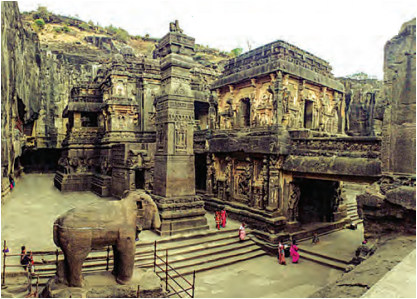
Answer:
Brain Teaser
Hints:
Across:
(1) Queen’s stepwell at Patan
(2) Dancing, singing, drumming ritual of Manipur
(3) Religious festival and ritual theatre of Garhwal
(4) Archaeological site of Nalanda University
(5) World famous monument at Agra
(6) Famous city built by emperor Akbar marking his victory
(7) Sanskrit Theatre: Kerala
Down:
(1) The traditional performance of Ramayan in Uttar Pradesh
(2) Ellora caves also known as caves
(3) Observatory at Jaipur, Rajasthan
(4) Group of monuments at (place) in Karnataka
(5) Archaeological park at Pavagadh
(6) Folk songs and dances of Rajasthan
(7) A ritual theatre of Kerala
